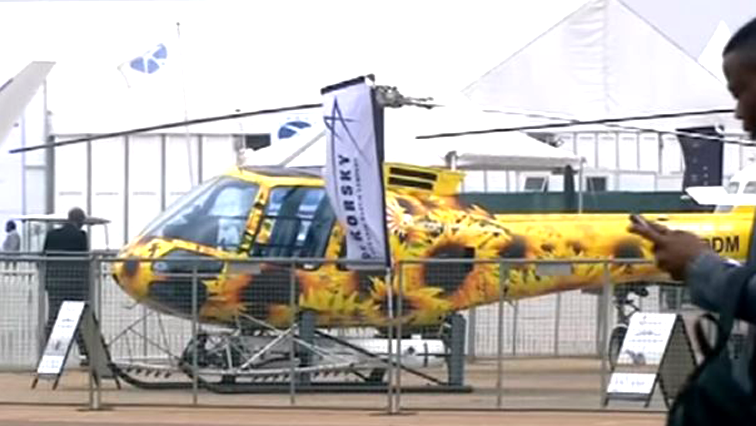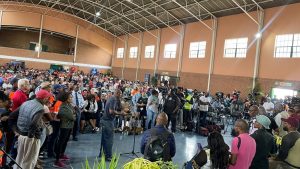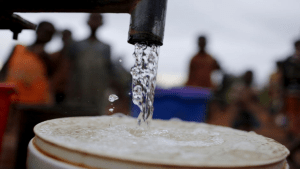The recent Africa Aerospace and Defence (AAD) expo in Pretoria has not only showcased South Africa’s latest technologies and products to an international audience, it has also underlined the importance of research and development (R & D) to the local industry.
The Council for Scientific and Industrial Research (CSIR) Defence, Peace Safety and Security Executive Director, Dr Motodi Maserumule, underlined the critical nature of funding for the sector, pointing out that all the systems on display at AAD were products of R & D. He stressed funding for research and development was essential for the growth of the economy: Defence, R & D drive innovation in other industries, creates jobs and ensures a strong and secure state.
Maserumule said that while his division generated up to half a billion rands in income, what they were selling was the know-how, rather than a physical product which was a direct product of R & D. He said they conducted business with companies around the world where they either supplied test and evaluation equipment or did testing and evaluation of systems.
Maserumule noted that SA’s defence industry was mainly created by R & D at the CSIR, and today this input remained crucial for new innovations and extension of life of systems. Among some of the ground-breaking achievements are the Aeroswift project – the world’s largest 3D printer to produce titanium aircraft parts – Denel’s Rooivalk attack helicopter, the fourth generation A-Darter missile developed by Denel Dynamics, all of which were represented at the expo.
He further said, “Our capacity to generate value rests in us experimenting and simulating and thanks to the recession the funding that is made available by the Department of Defence is going down. We are hoping the economy can grow so funding can go back to normal.”
While the option of international funding was not out of the question, he cautioned that there were certain sovereign technologies which were important for the country to have strong oversight or ownership of, as these were central to South Africa’s national security.
One company that is looking to the future to identify new technologies is Airbus. It is not only looking at technologies related to the performance of their products, but also new technologies related to making the manufacturing process easier, faster, more reliable and efficient.
Airbus’ Arnaud Montalvo noted that these initiatives were very important because in many industries – particularly in aerospace – the environment needed to be sustainable. This included an education system that took learners from a young age and guided them through technical institutions and universities towards a career in the industry.
He further said, “Then you need to have an environment where there is active research and development because our industries are about continuously renewing technology to stay at the forefront.”
Looking ahead to some of the challenges facing South Africa, he noted that while it has a long history of excellency in aviation, it needs to continue investing in research, technology and skills; otherwise the environment is no longer sustainable.
“In aviation, you cannot stagnate. You either go up or down. There is no hovering.”
The National Defence Industry Council’s Zane Cleophas was also concerned by the decrease in R & D funding for the South African National Defence Force. Speaking during a briefing at AAD, he lamented that in 2016 it stood at a very low R850 million down from R6.1 billion in 1989/90.
He said with fewer orders from the industry’s main client, the SANDF, and with reduced research and development funding, he expected the export potential to also decrease because of the lack of new equipment to market.
South Africa, which has a defence budget of R47.9 billion for 2018/19 is currently the third largest spender on defence on the continent. But this is expected to change in the coming years as already the budget has declined from R48.9 billion in 2017/18.
Principal Research Analyst for Jane’s IHS Markit Fenella McGerty indicates that in real terms, South Africa’s defence spending for the current year is down to levels seen in 2010 following the cancellation of the A400M military transport aircraft.
Defence players will be watching Finance Minister Nhlanhla Nene when he delivers his maiden mid-term budget next month, but the numbers are not expected to herald good news.
Click below for more on the story:






